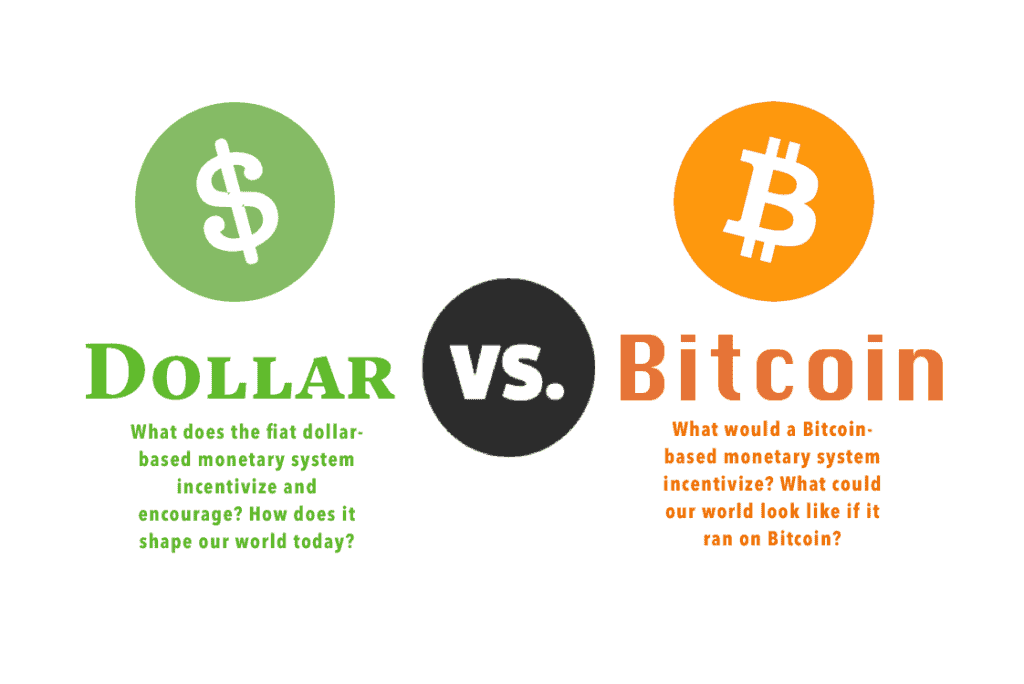
You may wonder why some people are so fanatical about Bitcoin, and you may even write them off as nutcases, scammers, or simply nerds who got lucky buying this magic internet money several years ago.
The reason behind this fanaticism requires going a layer below the talk of price predictions which you see on the news, and into economic theory.
Economics, Down to Basics
Underneath Bitcoin is a set of economic ideas that stand in stark contrast to today’s conventional theories that guide economic policy. These ideas strip away the complexities created by central banking and government intervention in economies and analyze the market simply as buyers and sellers coming together to transact. This fundamental analysis of economics is far older than the prevailing theories of John Maynard Keynes and Milton Friedman which are used to guide economic policy today.
Simple yet enduring, this fundamental analysis has helped many people, including financial luminaries like Ray Dalio, understand and predict economic recessions and political reactions to them. This even includes the weak response of financial markets to zero interest rates and quantitative easing following the financial crisis triggered by the COVID-19 lockdown, and the government’s next step: direct money to the people, or ‘helicopter money’.
Why don’t we use these ideas in economic policy?
If they’re so great at predicting economic downturns, shouldn’t we use these ideas in our economic policy? Simply put, these simple ideas do not benefit those who are in control. The corporations, financiers, and politicians with most of the money and power in our society benefit greatly from the current US dollar-based monetary and economic system, and are able to hide its ill effect on regular people through layers of complexity and bunk economic theories from Keynes and Friedman.
In this infographic, we compare the incentives built into our ‘fiat’ dollar monetary system with the incentives of ‘hard money’ systems like the gold standard or a global monetary system based on Bitcoin, and look at the worlds that result from both.

This post was inspired by this tweet:
Image and Data Sources
